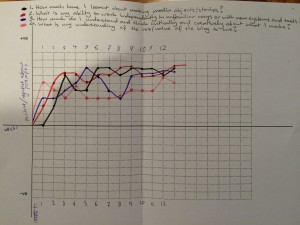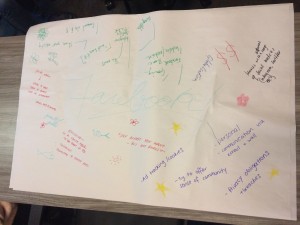With the discussion regarding media materialism, and examples in the lecture such as the video game The Last of Us and the short film involving the character of Kara, I can’t help of think of texts that relates to novels about dystopian futures, such as George Orwell’s 1984 and Margaret Atwood’s The Handmaid’s tale.
1984 is clearly relevant to this sort of topic due to the heavy surveillance technology that is described in the novel. It is important to keep in mind that Orwell wrote this in the 1940s, and yet describes surveillance that, to some extent, is used in our every day lives now, and is considered completely normal. Although the reader experiences examples of characters who accept this, the society of the novel accepts this without thought, choosing to remain in fear rather than question in the world that they live in. The characters are only surrounded by political propaganda, and are so persuaded by it that is consumes them.
In regards to Atwood’s The Handmaid’s Tale, if anything, one can argue that it warns of the dangers of not progressing with the future. The feminist novel points out that if we remain in a traditional manner, choosing to remain in the past rather than progressing with the future. This is relevant to the field of media, due to the constant changing of theories to how audiences consume media. With more research and opinions coming forward for over half a century, the research into finding how audiences consume media is increasingly important as technology grows to produce more and more media.

